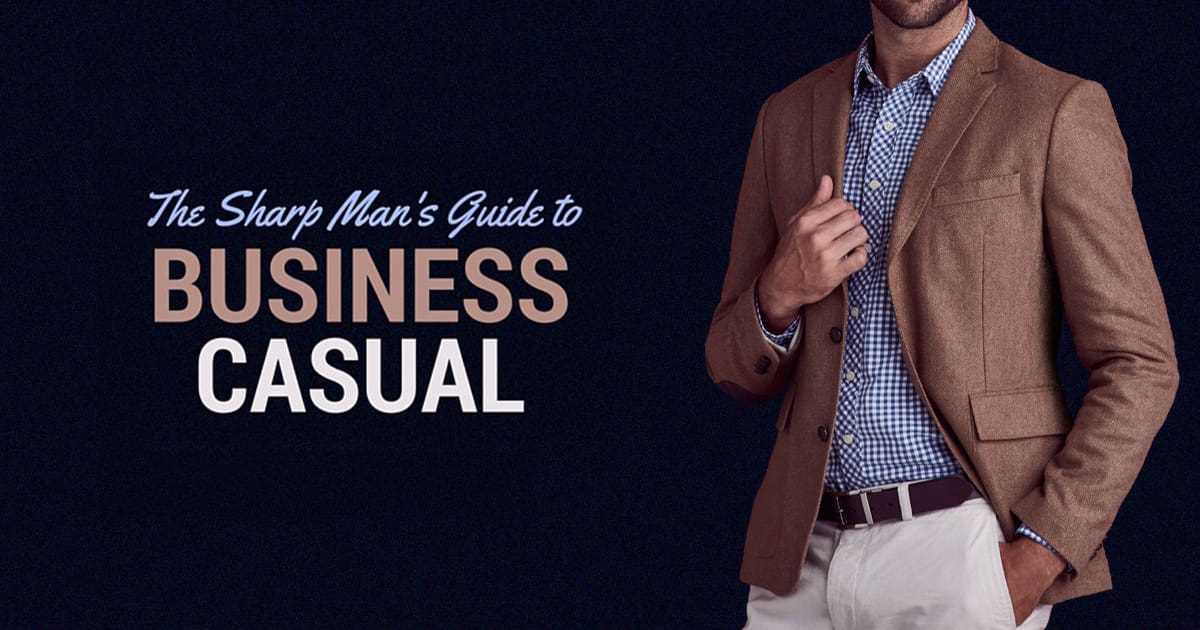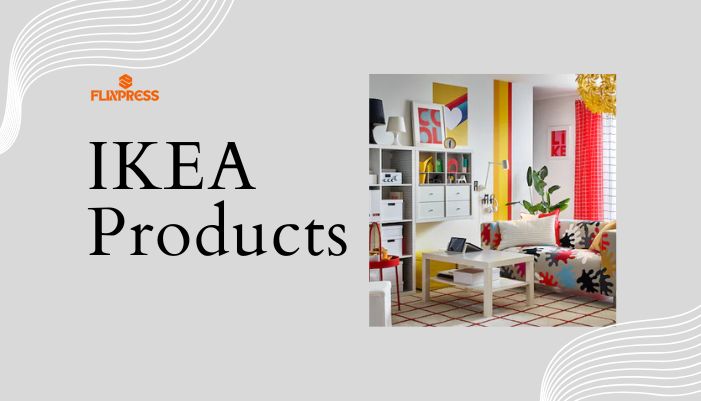In the evolving landscape of professional attire, “What is business casual“ has become a frequently used — and often misunderstood — term. It’s no longer about rigid suits and stiff collars for every occasion, but it’s also not a free pass for hoodies and flip-flops. The term has taken on a variety of meanings depending on the industry, company culture, location, and even day of the week.
But what does business casual really mean? More importantly, how do men and women navigate this tricky middle ground between formal and too laid-back? Whether you’re entering the workforce, changing industries, or just looking to refine your style, this article will break it down.
Business Casual at a Glance: What Does It Look Like?
To understand business casual, it’s helpful to compare it directly with other types of dress codes. Let’s take a quick look at how business casual differs from formal business attire and casual wear.
| Category | Business Casual (Men) | Business Casual (Women) | Formal Business Attire | Casual Wear |
| Shirts/Tops | Button-down shirts, polos, knit sweaters | Blouses, cardigans, modest tops | Dress shirts with ties, suits | T-shirts, tank tops |
| Pants/Bottoms | Chinos, dress slacks | Slacks, knee-length skirts, ankle trousers | Full suit pants or skirts | Jeans, leggings, shorts |
| Shoes | Loafers, Oxfords, dress boots | Flats, loafers, low heels | Polished dress shoes or high heels | Sneakers, sandals |
| Outerwear | Blazers (optional), light sweaters | Blazers, structured sweaters | Suit jackets, blazers, overcoats | Hoodies, denim jackets |
| Accessories | Minimal—leather belts, watches | Minimal—stud earrings, simple necklaces | Ties, cufflinks, structured handbags | Casual caps, chunky jewelry |
What is business casual is a deliberate look. It’s polished without being stuffy, clean without being cold. Essentially, it’s the happy middle — the Goldilocks zone of office dressing.
Defining Business Casual for Men
Business casual for men has evolved considerably. Gone are the days when anything less than a full suit was frowned upon. Today, many workplaces encourage individuality and comfort — as long as it maintains a professional tone.
Core Wardrobe Staples for Men
- Button-down shirts: Oxford cloth or crisp cotton shirts are a reliable base. You can’t go wrong with whites, blues, or subtle patterns.
- Polo shirts: On the more casual side, but still polished. Great for tech offices or business-casual Fridays.
- Chinos or dress slacks: Stick to neutral tones like navy, grey, or beige. Black can sometimes feel too formal.
- Blazers (optional): A well-fitted blazer can immediately elevate your outfit. Look for unstructured styles for a relaxed but professional vibe.
- Shoes: Leather loafers, brogues, or even clean dress sneakers in minimalist designs.
What to Avoid
- Athletic sneakers or sandals
- Graphic tees or loud patterns
- Baggy jeans or distressed denim
- Untucked shirts (unless designed to be worn that way)
- Caps or beanies indoors
What is business casual for Women
For women, business casual offers flexibility — but with more options comes more chances for confusion. The secret is striking a balance between personality and professionalism.
Core Wardrobe Staples for Women
- Tops: Blouses, tailored shirts, or knit tops with modest necklines. Avoid spaghetti straps or anything too sheer.
- Pants and Skirts: Slacks, pencil skirts, midi skirts, or culottes in neutral or soft colors.
- Dresses: Knee-length or midi dresses with sleeves or modest straps.
- Layers: A fitted blazer, cardigan, or soft knit sweater brings structure to softer outfits.
- Shoes: Loafers, ballet flats, ankle boots, or block heels. Save stilettos or open-toe sandals for off-the-clock hours.
What to Avoid
- Overly tight or revealing clothing
- Ripped jeans or leggings (unless worn under a tunic-style top)
- Loud prints or neon colors (unless you’re in a creative field that embraces it)
- Slippers, flip-flops, or platform sneakers
The Role of Industry and Company Culture
One important factor that determines what business casual looks like is your industry and your company’s culture.
A tech startup in San Francisco may consider jeans and a hoodie acceptable, while a law firm in New York may still expect collared shirts and slacks. Always err on the side of formality on your first day, and adjust based on what others are wearing.
Some companies also have “Casual Fridays,” where employees can dress down even further. In those cases, dark jeans and smart sneakers might be acceptable — but pajamas are still a no-go.
Seasonal Considerations: Dressing for the Weather
Dressing business casual doesn’t mean you need to suffer through summer in wool slacks or brave winter without a warm coat. Adjust your wardrobe seasonally:
Spring/Summer:
- Lightweight cotton shirts
- Breathable fabrics like linen blends
- Loafers or breathable dress shoes
- Sleeveless tops (with modest cuts) for women
Fall/Winter:
- Layered sweaters over shirts
- Wool or tweed slacks
- Knee-high boots or leather dress boots
- Scarves and coats that still look tailored
Just remember: even when layering, the overall look should remain clean and professional — not bulky or sloppy.
Business Casual Mistakes to Avoid
Even seasoned professionals can get tripped up by vague dress codes. Here are some common mistakes:
- Misjudging the level of formality: Business casual isn’t the same everywhere. Always gauge your environment.
- Wearing wrinkled or stained clothes: No matter how casual, your outfit should look clean and intentional.
- Forgetting grooming and hygiene: Clothes are just one part of presentation. Hair, nails, and personal cleanliness matter.
- Too many accessories: Keep jewelry and statement pieces minimal unless your workplace culture embraces bold fashion.
Tips for Building a Business Casual Wardrobe
- Invest in neutrals: Navy, grey, white, beige — these colors mix and match effortlessly.
- Choose quality over quantity: A few well-fitted staples beat a closet full of cheap, ill-fitting clothes.
- Fit is king: Tailoring can turn a $30 shirt into something that looks ten times as expensive.
- Keep it simple: You don’t need to reinvent your outfit every day. Rotate basics with a few accent pieces.
- Prepare the night before: Avoid the morning scramble. Lay your clothes out in advance.
Final Thoughts
Navigating the world of What is business casual doesn’t have to feel like walking a tightrope. It’s all about striking the right balance — combining professionalism with comfort, style with subtlety, and individuality with workplace norms.
Remember, what you wear to work isn’t just about fashion. It’s a reflection of how you respect your environment, your colleagues, and yourself. Whether you’re reaching for a well-pressed button-down or a sleek midi dress, always choose clothing that fits well, feels comfortable, and suits the tone of your workplace.
FAQs
Q1: What is the biggest difference between business casual and formal business attire?
A: Formal business attire typically includes a suit and tie or a coordinated skirt/pant suit. Business casual removes the tie and allows for more comfort-focused clothing like chinos and blouses without sacrificing professionalism.
Q2: Can I wear jeans in a business casual setting?
A: Only if your workplace explicitly allows it. If permitted, opt for dark-wash jeans without rips or distressing, and pair them with a polished top and shoes.
Q3: Are sneakers considered business casual?
A: In some modern workplaces, minimalist leather sneakers can be acceptable. However, athletic or brightly colored sneakers usually aren’t.
Q4: Is a polo shirt business casual for women?
A: Polos are more common in men’s business casual attire, but women can wear them too — provided the style is structured and the fit is appropriate.
Q5: How should I dress for a business casual interview?
A: It’s better to lean slightly more formal. For men, that might mean adding a blazer. For women, consider a structured blouse and slacks or a modest dress.
Q6: Are open-toe shoes okay for women in business casual?
A: It depends on the office culture. Generally, peep-toe shoes or sandals with a back strap are safer than flip-flops or completely bare sandals.
Q7: How can I tell if I’m dressed appropriately for my workplace?
A: Observe what others are wearing, especially those in senior or similar.



